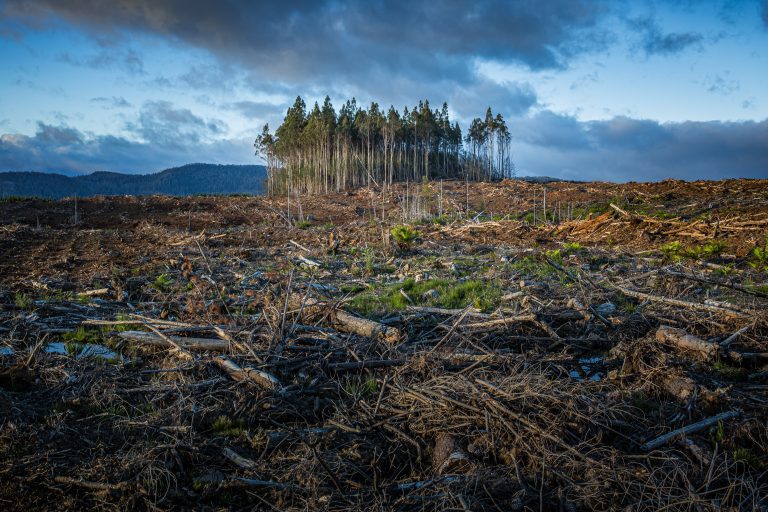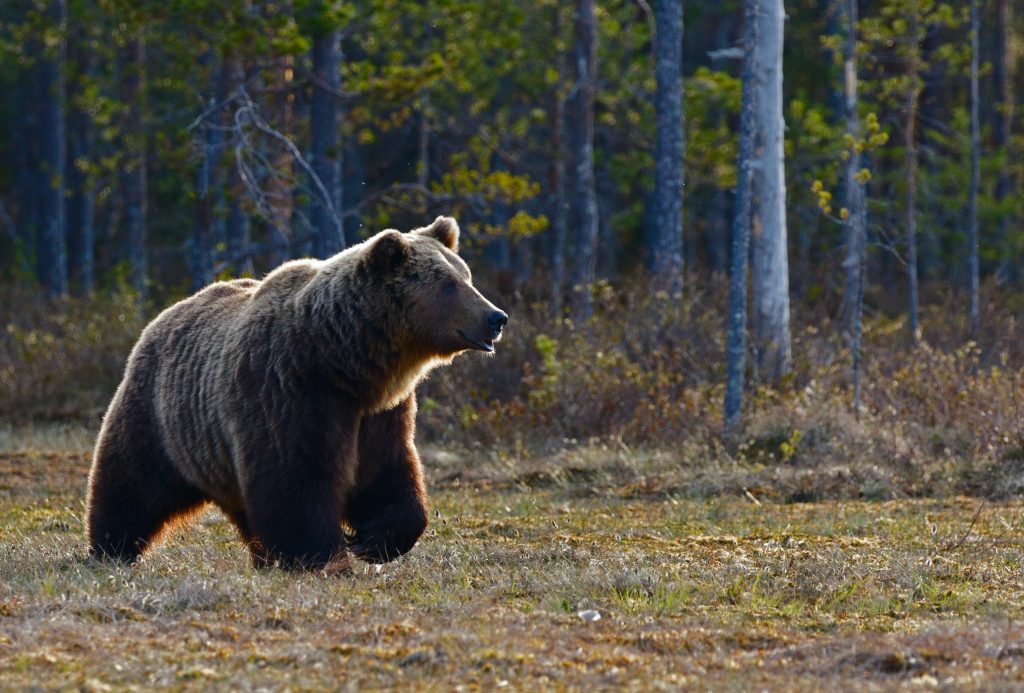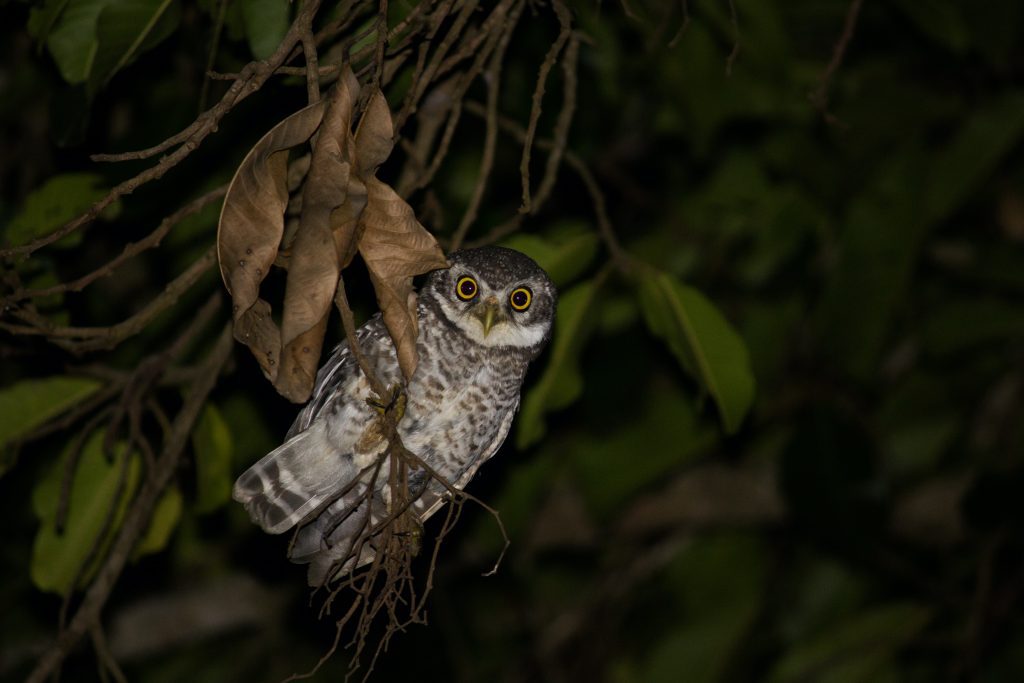The concept of umbrella species was first proposed by ecologists as a way to manage ecosystems and protect the needs of many species by focusing on protecting the needs of just one species- this species’ needs encapsulate many others, like an umbrella (Roberge & Angelstam, 2004). This strategy simplifies management and monitoring efforts. Doing this helps conservationists create a larger influence with less resources (Stuber & Fontaine, 2018). Ecosystems are very complex, so focusing on just a few species can make conservation planning more realistic (Stuber & Fontaine, 2018).
First, how do we decide umbrella species? While there is no specific criteria for these species, they tend to be larger, wide-ranging species that require significant land area (Lindenmayer & Westgate, 2020). Another category of umbrella species includes diverse species with highly specific habitat requirements, such as butterflies (Lambeck, 1997; Lindenmayer & Westgate, 2020).
By protecting an animal with large land area needs, more habitat can be protected. This protects all the other animals in the area by proxy. Using larger animals also has the added benefit of being easier for scientists to track (Stuber & Fontaine, 2018). If there are big changes in the species’ population, that can indicate to scientists that something in the ecosystem has changed as well (Stuber & Fontaine, 2018). Butterflies are a useful umbrella species because of their migration habits, but also their sensitivity to human disturbance. Protecting a ‘high maintenance’ species makes humans more careful about their environmental impacts.

Photo Credit: Matt Palmer
How Umbrella Species Help
An example of how umbrella species help other species can be seen in the grizzly bear. Since grizzly bears need a wide range of area, protecting bear habitat also protects other birds, mammals, and amphibians in the area (Roberge & Angelstam, 2004). Additionally, the Northern Spotted Owl is considered an umbrella species because of its need for large forested areas. Protecting their territories also helps protect other species such as mollusks and salamanders (Breckheimer, et al., 2014). Giant pandas are also another essential umbrella species, for not only their popularity attracts more funding, but their habitat range overlaps with 70% of the forest bird species, 70% of forest mammals, and 31% of forest amphibians in mainland China (Li & Pimm, 2015).
Pros and Cons
Scientists today are still undecided on whether this concept is too good to be true. Focusing too much on one species may actually lead to other species being ignored. As stated before, ecosystems are very complex. This means they are also sometimes very fragile. If we dismiss other species’ needs, there could be an imbalance in the ecosystem (Lambeck, 1997).
High species diversity in an ecosystem also means that these species differ in habitat requirements. It’s not feasible to assume that catering to any single species needs’ will result in the satisfaction of every other species. But this is not an argument to stop using umbrella species as a conservation technique. It’s still a great benefit to be able to protect multiple species by really only focusing efforts on one. A more multi-species approach may be better able to encompass an entire habitat, but research on this has not been fully evaluated (Lambeck, 1997).

Photo Credit: Zdeněk Macháček

Photo Credit: Suresh AC
Conclusion
The use of umbrella species in conservation is meant to be a shortcut. While it is extremely helpful for the time being, improvements still need to be made. Scientists can work on being more specific in the criteria and selection of umbrella species, as to benefit the most possible organisms (Stuber & Fontaine, 2018).
The umbrella species concept is not perfect, but many habitats don’t have time for our conservation efforts to be perfect. If we must act now, and we must act now, this is a good strategy to protect what we can while we still can.
If you’re interested in how to help, here are some helpful links about a few umbrella species and their conservation efforts.
https://grizzlybearfoundation.com/pages/conservation
https://rightwhaleresearch.bigcartel.com/
About PI
Home








